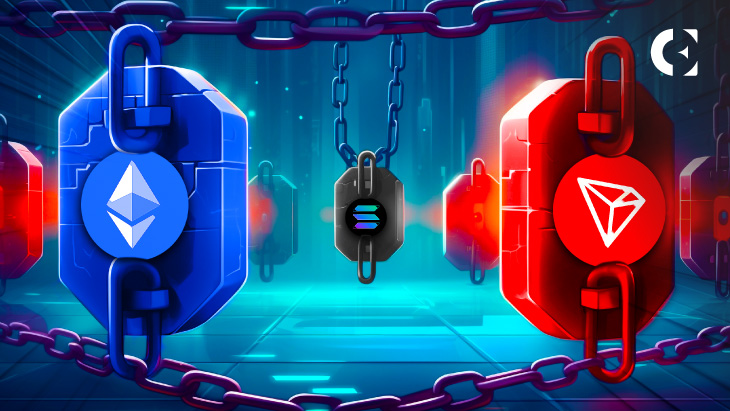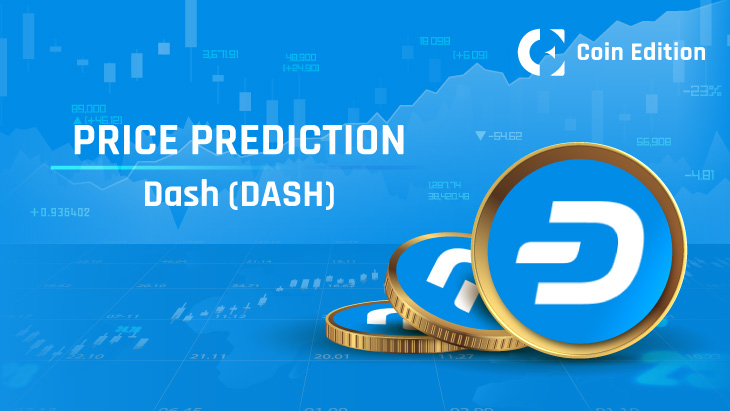- TRON leads with the best price-to-revenue ratio and $3.44 revenue per user.
- Solana faces high costs due to large validator payouts, reducing sustainability.
- L2 blockchains struggle with blob fees, driving up expenses and lowering value.
The price-to-revenue ratio, a traditional stock market metric, is becoming increasingly important in evaluating blockchain projects, similar to how traditional stock markets assess company value.
Blockchains are now using these comparable ratios to assess their financial health and sustainability. This shift is driven by the need for clear financial metrics in a landscape where incentives and rewards play a significant role in covering operational costs.
A lower price-to-revenue ratio signals better value, and this is evident in certain blockchain ecosystems. TRON, for instance, has attained a market capitalization-to-revenue ratio comparable to traditional stocks. This reflects the growing ability of some blockchains to generate revenue through incentives, fee structures, and liquidity rewards.
Challenges in Revenue Generation
Despite this progress, many blockchains still grapple with the challenge of rewarding miners or validators while struggling to attract sustainable user bases and fee structures. Revenue generation on blockchains hinges on various factors, including token taxes, trading fees, and user engagement. Projects that can successfully generate fees are more likely to support their native tokens, ensuring ecosystem stability.
Additionally, blockchain apps such as decentralized exchanges (DEXes), DeFi platforms, and NFT marketplaces contribute to fee generation, helping blockchains achieve better price-to-revenue ratios. Chains that fail to create valuable fee structures often fall into the trap of paying validators without offering meaningful utility, leading to asset devaluation.
Solana’s High Costs and TRON’s Favorable Ratio
Solana, for example, stands out as the most expensive network to operate due to high validator payouts. On the other hand, TRON boasts the most favorable price-to-revenue ratio, along with the highest revenue per user, at $3.44. Ethereum follows closely with $3.14 per user, though other blockchains like Binance Smart Chain fall behind in per-user revenue despite high wallet activity.
Read also: Tron Outperforms Ethereum and Solana in August Revenue, Thanks to Sun.pump
Layer-2 (L2) solutions, such as Arbitrum, ZK Sync, and Base, present varying costs related to blob fees and validator payouts. While these networks drive increased activity and expenses, they also tend to have less favorable ratios due to their high operational costs.
The key challenge for both L1 and L2 blockchains remains balancing incentives with revenue generation to ensure long-term sustainability.
Disclaimer: The information presented in this article is for informational and educational purposes only. The article does not constitute financial advice or advice of any kind. Coin Edition is not responsible for any losses incurred as a result of the utilization of content, products, or services mentioned. Readers are advised to exercise caution before taking any action related to the company.







